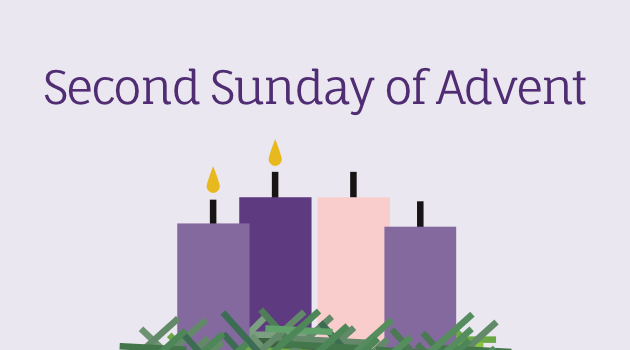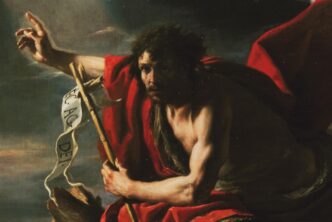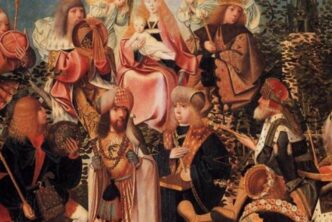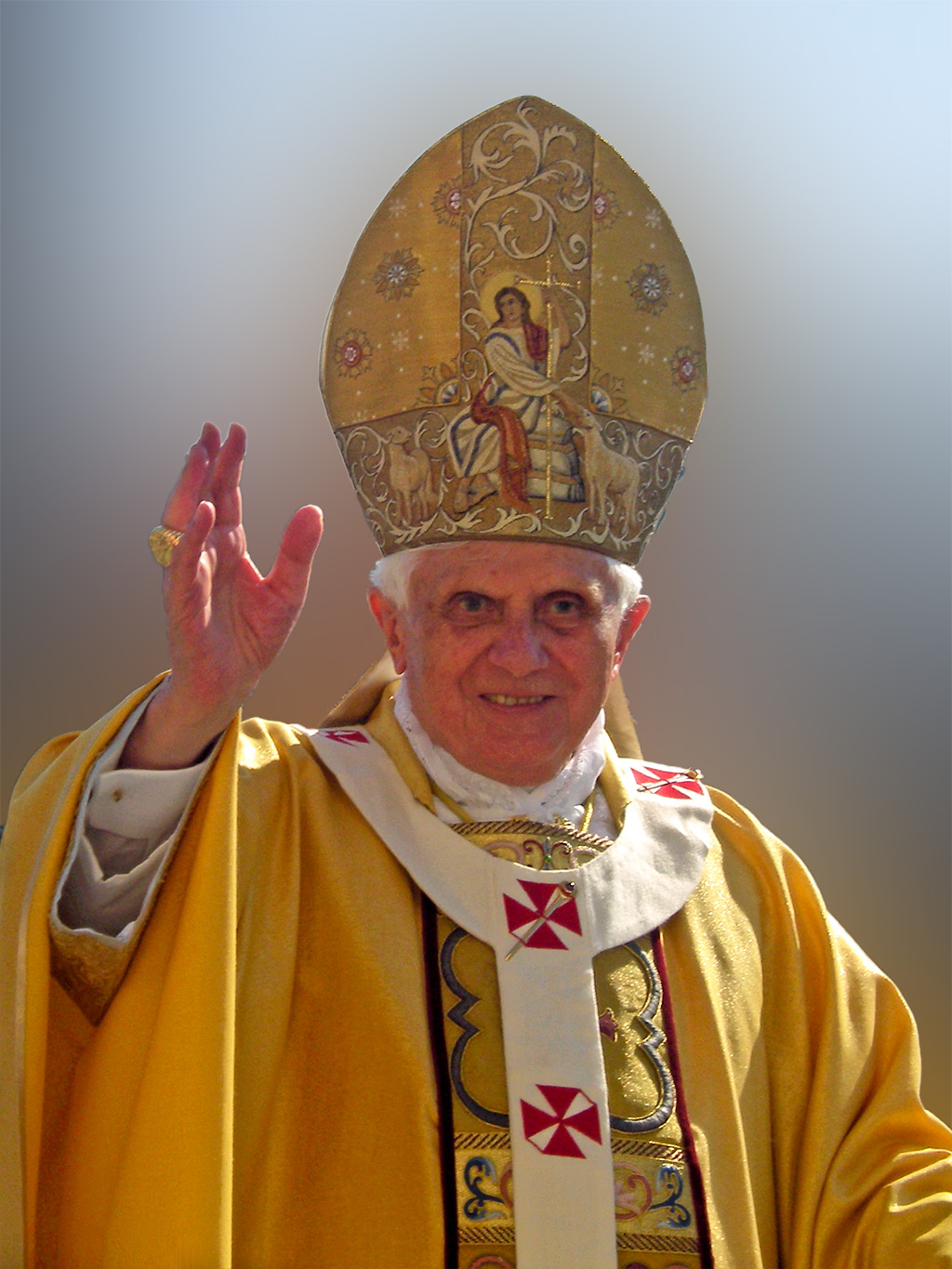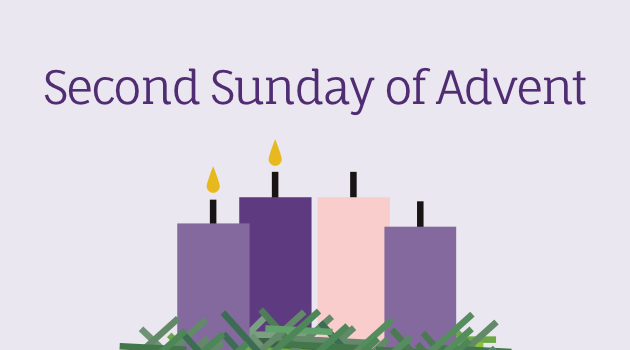
A voice of one crying out in the desert: “Prepare the way of the Lord, make straight his paths.”
Last week, on the First Sunday of Advent, we were exhorted: “Be watchful! Be alert!” We posed the question: What is it that you are waiting for? This week, on the Second Sunday of Advent, we ask: what practically does watching and waiting mean? John the Baptist has the answer for us!
Preparation for the Way
“The Way” was an early designation for the Christian community. We see “the way” referenced several times in today’s reading. John the Baptist symbolizes the preparation that was necessary for the early Christian community. Life in these communities and house churches was literally dangerous, with both Jewish and Roman authorities leaning heavily on them. One could be called on at any moment to give up one’s life in the name of Christ. Therefore, potential new community members needed a period of waiting and preparation before being fully initiated into the community through Baptism. This preparation required would-be Christians to to be very clear about their priorities and how much of a priority God was for them.
Amidst our holiday preparations, are we prioritizing time to spend with Jesus?
Asceticism
The preparation for “the Way,” as symbolized by John the Baptist, was marked, as we are shown in the readings today, by a rigorous asceticism. The Catholic Encyclopedia tells us:
The word asceticism comes from the Greek askesis which means practice, bodily exercise, and more especially, athletic training. The early Christians adopted it to signify the practice of the spiritual things, or spiritual exercises performed for the purpose of acquiring the habits of virtue.
John’s camel hair tunic, diet of locusts and honey, and generally radical lifestyle is the archetype of early Christian asceticism. The desert was always associated with fasting, prayer, and a stringent, focused way of life. We see the beginnings of the tradition of desert asceticism in John, which, coupled with Jesus’ forty day fast in the desert, forms the basis of the entire desert monastic tradition that arose in the second century around St. Antony the Great and the other Desert Fathers.
How can you be more focused and deliberate with your spiritual practices this Advent?
The Voice Crying Out in the Desert
Life in Mark’s Christian community was marked by much chaos and confusion. The Gospel of Mark was written around 70 AD, which is the year the Romans destroyed the Temple in Jerusalem. This injected significant fear and confusion into the Christian community, particularly for the Jewish converts. The Christian community, with its rituals of Baptism and Eucharist, was the antidote to that chaos. The Church then, as it does now, saw itself as initiating the restoration of creation itself in Christ. If we cannot discern the voice in the desert, we miss what Christ has in store for us.
How much time are you spending each day listening for that “voice crying out in the wilderness?” What is the voice saying to you?
Proactively waiting
The theme of waiting is central throughout Advent. Last week we asked: “What are you waiting for?” This week we ask: “What do we do while we are waiting?” The “answer” that John the Baptist presents is ultimately paradoxical. On the one hand, we can wait and anticipate the Lord’s coming by ascetic discipline. On the other hand, we would also do well to wait and anticipate by not doing, by pausing in the midst of the chaos of holiday preparations to observe some prayerful silence so we can have the opportunity to hear the voice that is crying out to us from the desert.
Many Advent Blessings! See you next week.
Gospel Reading for the Second Sunday of Advent, Mark 1:1-8.
The beginning of the gospel of Jesus Christ the Son of God.
As it is written in Isaiah the prophet:
Behold, I am sending my messenger ahead of you;
he will prepare your way.
A voice of one crying out in the desert:
“Prepare the way of the Lord,
make straight his paths.”
John the Baptist appeared in the desert
proclaiming a baptism of repentance for the forgiveness of sins.
People of the whole Judean countryside
and all the inhabitants of Jerusalem
were going out to him
and were being baptized by him in the Jordan River
as they acknowledged their sins.
John was clothed in camel’s hair,
with a leather belt around his waist.
He fed on locusts and wild honey.
And this is what he proclaimed:
“One mightier than I is coming after me.
I am not worthy to stoop and loosen the thongs of his sandals.
I have baptized you with water;
he will baptize you with the Holy Spirit.”

